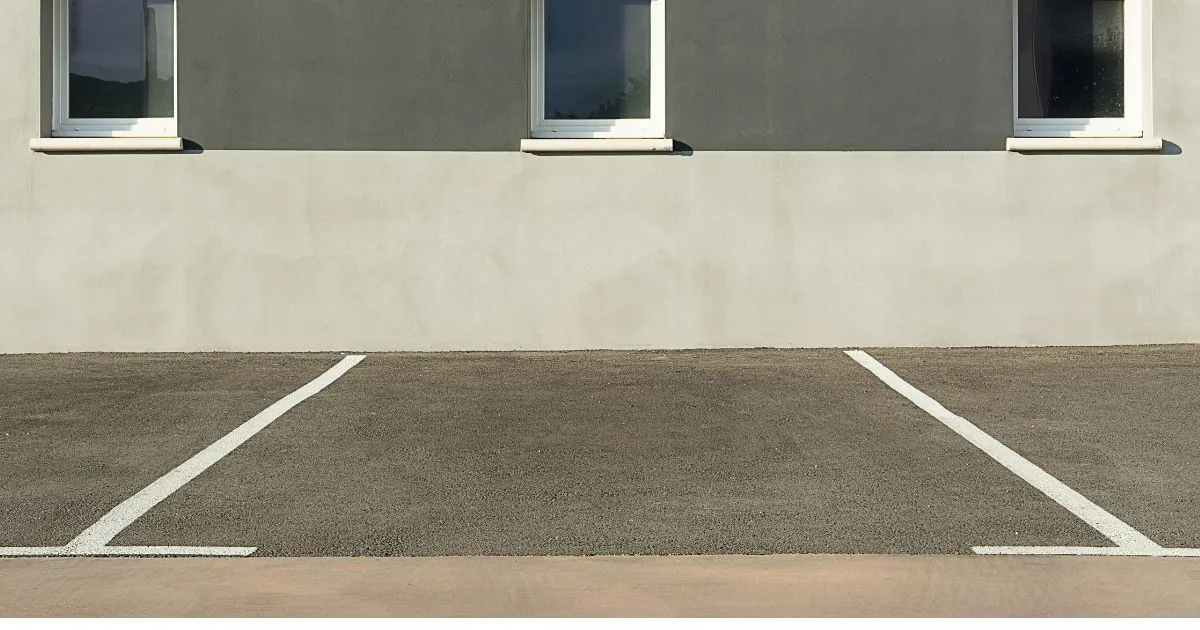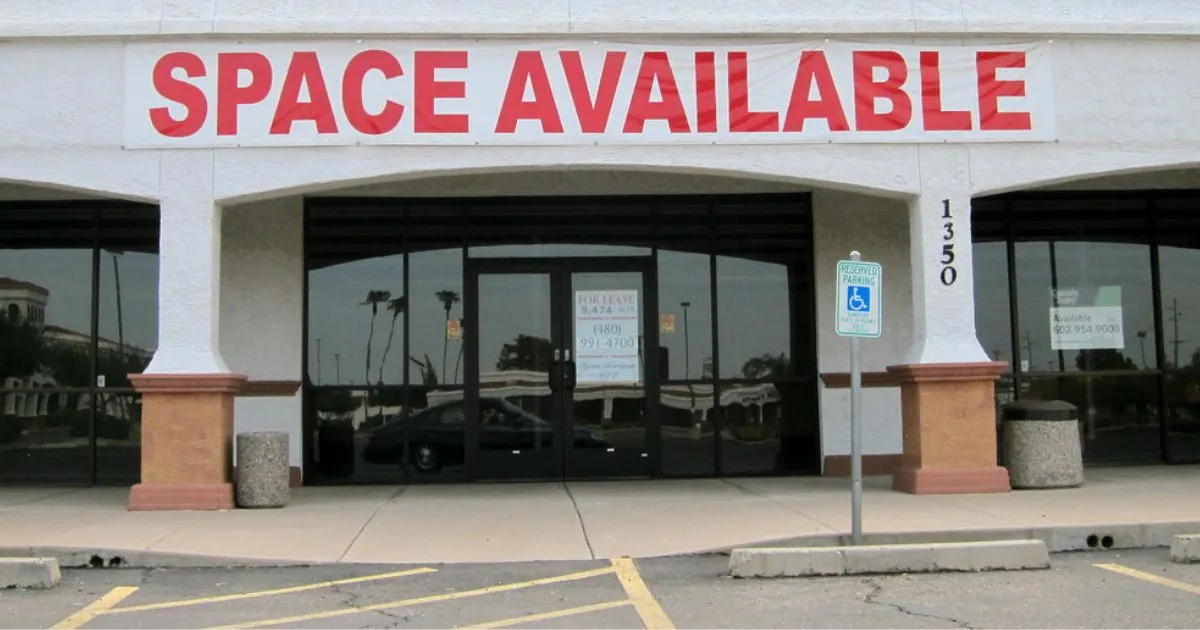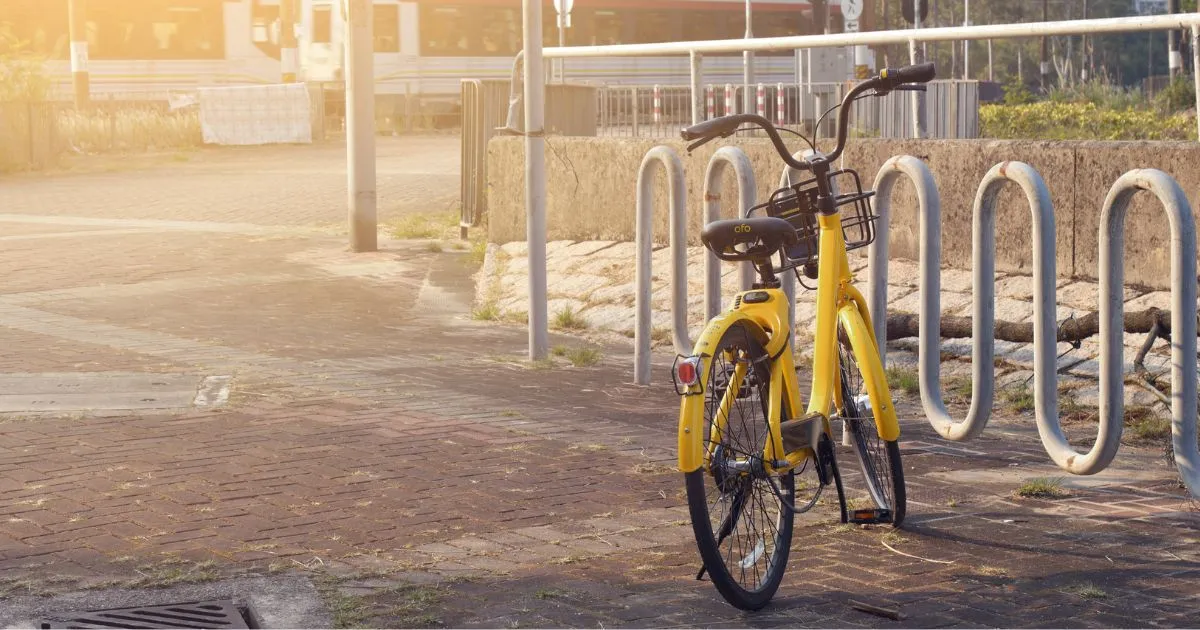The Rise of Shared Parking: How It's Changing Urban Mobility
Urban mobility is undergoing a revolution across Australia, with shared parking emerging as a key solution to our growing parking challenges. As our cities continue to expand and densify, the pressure on traditional parking infrastructure and facilities has led innovative minds to reimagine how we utilize existing parking assets. The concept of shared parking—where underutilised parking spaces are rented out to drivers in need—is transforming urban mobility throughout Sydney, Melbourne, and other major Australian cities. Whether you're a property owner with empty parking spaces, a commuter frustrated by exorbitant CBD parking rates, or a business looking to maximize your parking assets, understanding shared parking could significantly improve your daily life while contributing to more sustainable urban environments. In this comprehensive guide, we'll explore the rise of shared parking in Australia, examine its impressive benefits, and look at how this concept is reshaping our approach to urban mobility and parking management.
What Is Shared Parking: Evolution and Concept
Shared parking represents a fundamental shift in how we think about parking spaces and resource utilization. At its core, it's an optimization strategy that acknowledges most parking spaces remain vacant for significant portions of the day. This concept isn't entirely new—informal shared arrangements have existed for decades—but technology has transformed it into a scalable solution for modern Australian cities. According to Transport for NSW's Future Transport Strategy, traditional urban planning operated on a siloed approach, with each building required to provide dedicated parking regardless of usage patterns, leading to massive inefficiencies in our built environment. Much like the Airbnb of car parking, shared parking platforms enable property owners to lease underutilised spaces to drivers in need of convenient, affordable parking. This system benefits property owners by generating passive income while helping drivers find convenient parking in busy areas like Sydney's CBD or Melbourne's inner suburbs, where parking can be notoriously difficult to secure.

The Demand for Shared Parking in Australian Cities
Australia's urban centers present ideal conditions for shared parking solutions. Sydney's CBD boasts some of the world's most expensive parking rates, with daily parking costs exceeding $80 in premium locations. Meanwhile, Melbourne commuters waste an average of 12 minutes daily searching for parking spots, according to the Inrix Global Traffic Scorecard. These challenges have created significant demand for innovative parking solutions. Recent market analysis indicates that parking spaces and car parks listed through platforms like Parking Made Easy offer prices as low as $20 per day compared to traditional parking stations—a substantial savings for cost-conscious commuters. Traffic congestion has also become a critical urban challenge, with studies indicating up to 30% of urban traffic stems from vehicles circling as drivers search for available parking spaces. This inefficiency contributes to delays, increased vehicle emissions, and unnecessary frustration for residents and visitors alike. As Australia's population continues to grow, particularly in urban centers, the pressure on existing parking infrastructure will only intensify, making shared parking an increasingly attractive solution.
Benefits of Shared Parking for Property Owners and Drivers
The shared parking model delivers compelling advantages for both sides of the marketplace. For property owners, the ability to monetize underutilized parking spaces creates new revenue streams from existing assets. Commercial buildings with weekday-only demand can lease spaces during evenings and weekends, while residential buildings with daytime vacancies can accommodate commuters. For drivers, the benefits extend beyond mere cost savings. "The concept of shared parking helps drivers avoid the long search and circling around blocks trying to find an empty parking space," notes Moby Park on their website. Drivers gain access to convenient, affordable parking options in high-demand areas, reducing time spent searching and the stress associated with finding parking. Additionally, shared parking offers flexibility that traditional parking arrangements cannot match, with options ranging from hourly bookings to long-term arrangements. This adaptability makes it particularly valuable for occasional city visitors, part-time workers, and those with variable schedules who don't need permanent parking solutions.
- Revenue generation for property owners with underutilized parking assets
- Cost savings of 50-70% for drivers compared to commercial parking rates
- Reduced time spent searching for parking spaces
- Flexible booking options from hourly to monthly arrangements

Technology Driving the Shared Parking Revolution
Digital innovation has been the catalyst transforming shared parking from a niche concept to a mainstream mobility solution. Mobile applications and parking management systems now enable seamless connections between parking space owners and drivers seeking convenient spots. These platforms incorporate real-time availability updates, secure payment processing, and user verification systems that build trust in the shared economy model. According to data from Grand View Research, Australia's automated parking system market reached USD 57.1 million in 2023 and is projected to grow to USD 202.8 million by 2030, representing a compound annual growth rate of 19.9%. This remarkable growth underscores the increasing adoption of technology-driven parking solutions across the country. Advanced AI-powered systems can now detect parking availability instantly, transmitting this information to drivers via mobile applications or digital signage. This technological integration reduces time spent searching for parking, eases traffic congestion, improves efficiency, and optimizes parking utilization across urban areas. As Daniel Battaglia, founder of Parking Made Easy, explains in his ebook: "The technology behind shared parking platforms has transformed what was once a neighbor-to-neighbor arrangement into a sophisticated marketplace that benefits entire communities."
Shared Parking and Its Impact on Urban Planning
The growing adoption of shared parking is influencing urban planning strategies across Australian cities. Municipal authorities are beginning to recognize that shared mobility solutions can help address longstanding parking and congestion issues while supporting broader sustainability goals. Traditional parking requirements for new developments are being reconsidered in light of shared parking's efficiency gains, potentially reducing construction costs and environmental impacts. According to the Australian Bureau of Statistics, despite high vehicle ownership rates (with around 20 million vehicles registered nationwide), many parking garages and parking lots sit partially empty throughout much of the day. Shared parking maximizes the utility of these existing resources without requiring additional construction. Urban planners in Sydney and Melbourne are now incorporating shared parking concepts into development plans, recognizing that each shared parking space can effectively serve multiple vehicles throughout the day. This approach aligns with sustainable urban development principles by making more efficient use of limited urban space, reducing impermeable surfaces, and potentially allowing for more green space, pedestrian areas, or community facilities.

Future Trends: Automated Parking Systems and Free-Flow Parking
The evolution of shared parking continues with emerging innovations like automated parking systems and free-floating car sharing. Automated parking systems and technology solutions are gaining traction in Australian urban developments, with the market expected to reach $202.8 million by 2030. These systems use mechanical lifts, conveyor belts, and robotic technology to maximize parking density while minimizing the footprint required. Meanwhile, free-floating car sharing services (FFCS) represent the next frontier in shared mobility. Unlike traditional car-sharing models that require vehicles to be returned to designated spots, FFCS allows users to pick up and return vehicles anywhere within specified zones. According to research from iMOVE Australia, these services have been proven to reduce overall vehicle usage while increasing public transport and active transport adoption. Free-flow parking for car-sharing removes the need for dedicated parking spots and allows greater flexibility for users. While implementing these systems presents regulatory and logistical challenges, Australian cities like Sydney and Melbourne are exploring frameworks to incorporate these innovations into their urban mobility strategies, recognizing their potential to further reduce congestion and parking pressure.
- Automated parking systems can increase capacity by 2-3 times compared to conventional parking structures
- Free-floating car sharing reduces the need for dedicated parking spaces
- Digital parking management systems optimize usage of existing parking assets
- Smart city initiatives increasingly incorporate shared parking concepts
Conclusion: Embracing Shared Parking Solutions
The rise of shared parking represents a significant shift in how Australians approach urban mobility and parking resource management. By optimizing the use of existing parking spaces and facilities, shared parking addresses critical urban challenges while delivering tangible benefits to property owners, drivers, and communities. As our cities continue to grow and evolve, embracing innovative parking solutions will become increasingly important for maintaining livability and accessibility. The data clearly demonstrates that shared parking reduces costs, eases congestion, and supports more sustainable urban development. Whether you're a property owner with underutilized parking assets or a driver tired of the parking hunt, platforms like Parking Made Easy offer practical solutions to common parking challenges. We encourage you to explore shared parking options in your area and join the community that's transforming urban mobility across Australia. Sign up free today to list your space or find your perfect parking spot!
**Daniel Battaglia, ParkingMadeEasy.com.au:** As part of the ParkingMadeEasy.com.au team with the assistance of Generative AI, Daniel Battaglia offers his experience in the car parking industry. He is dedicated to providing valuable information and resources to help you make smart parking choices and has been widely quoted in national media outlets. Connect with Daniel directly at daniel@parkingmadeeasy.com.au for further assistance.






